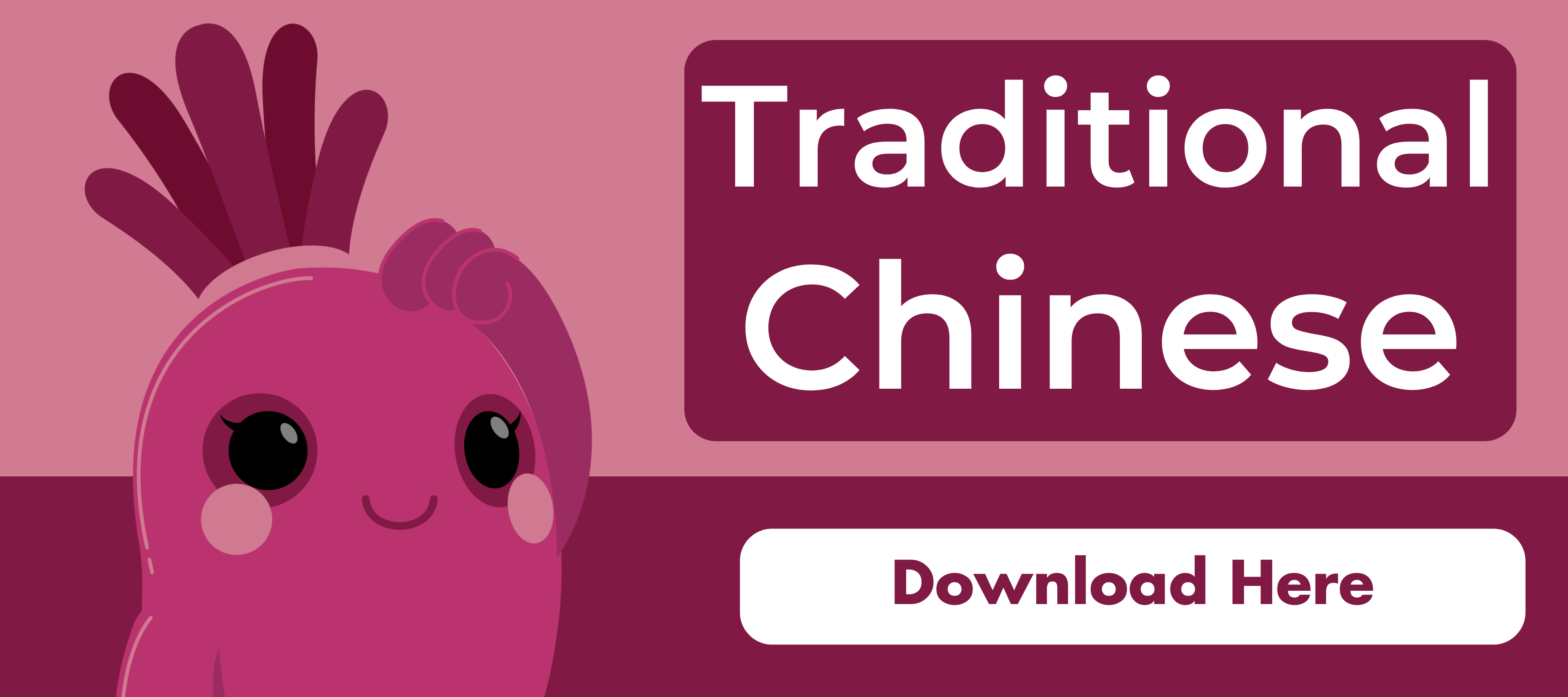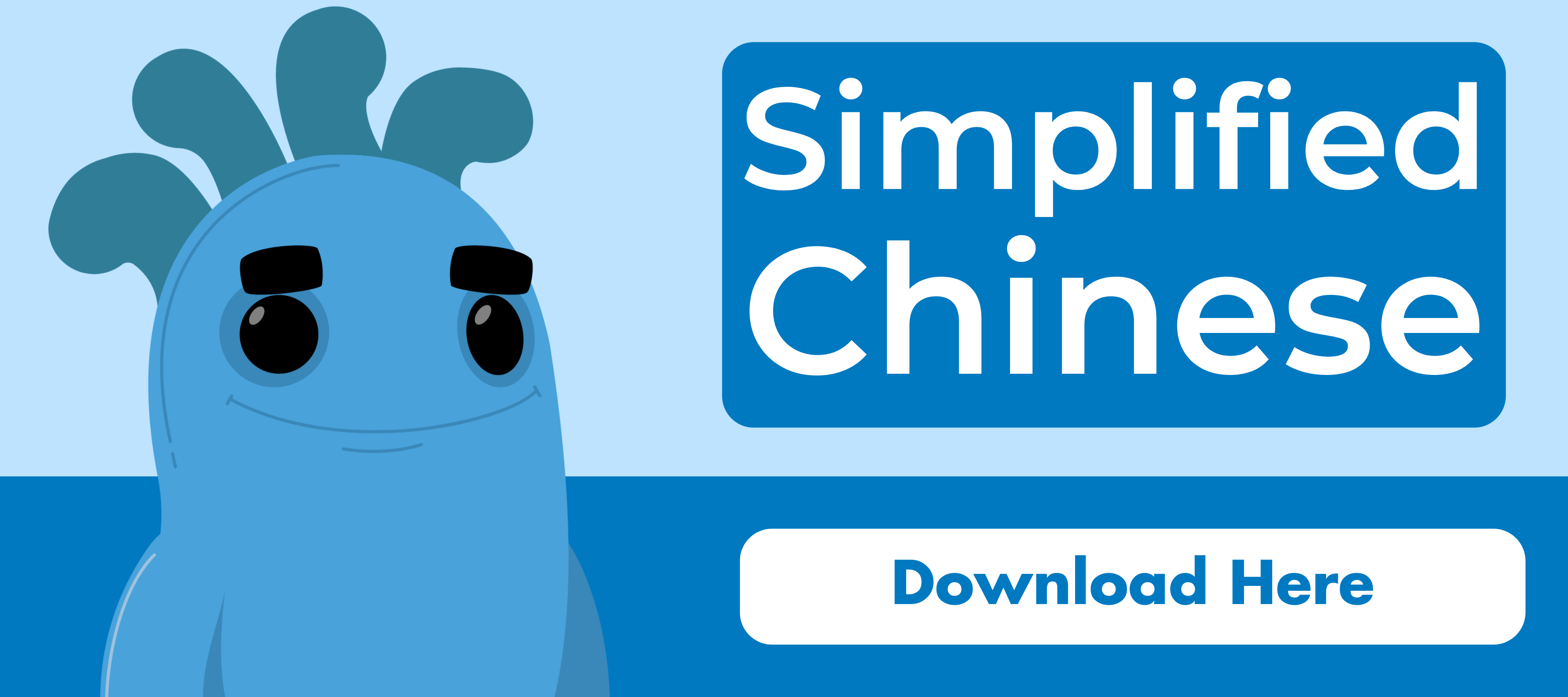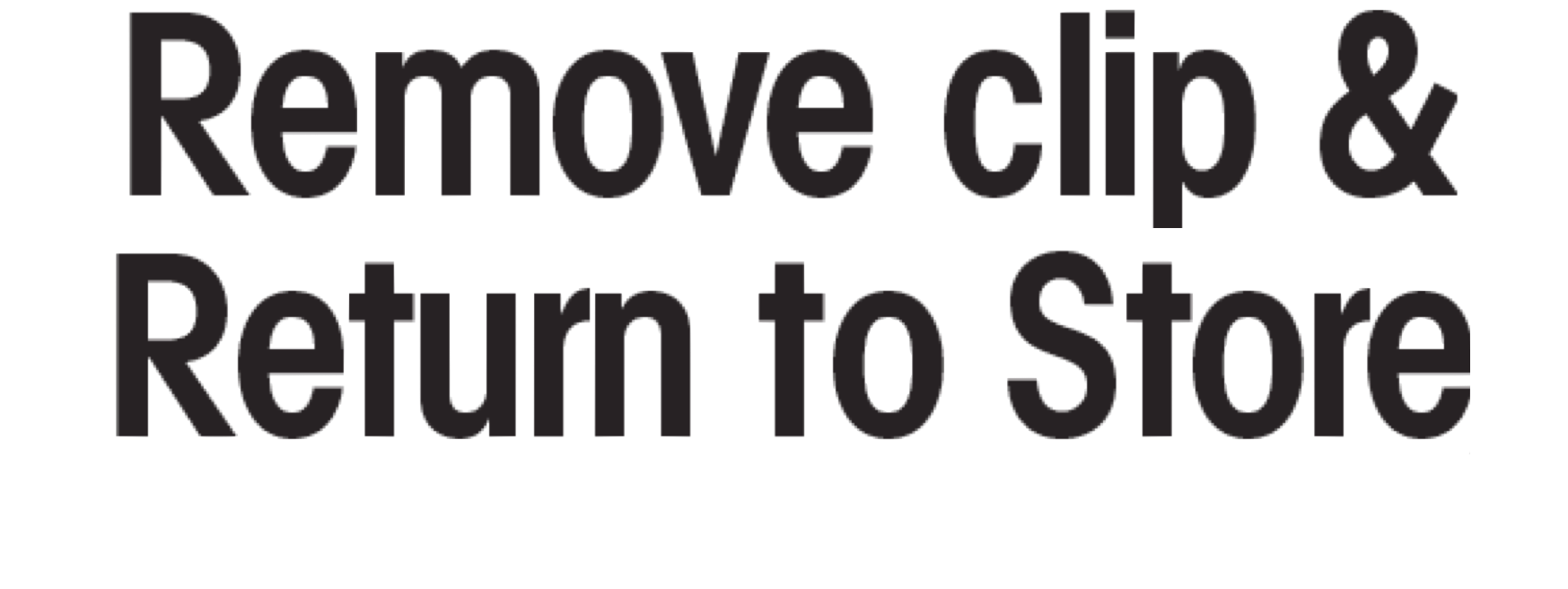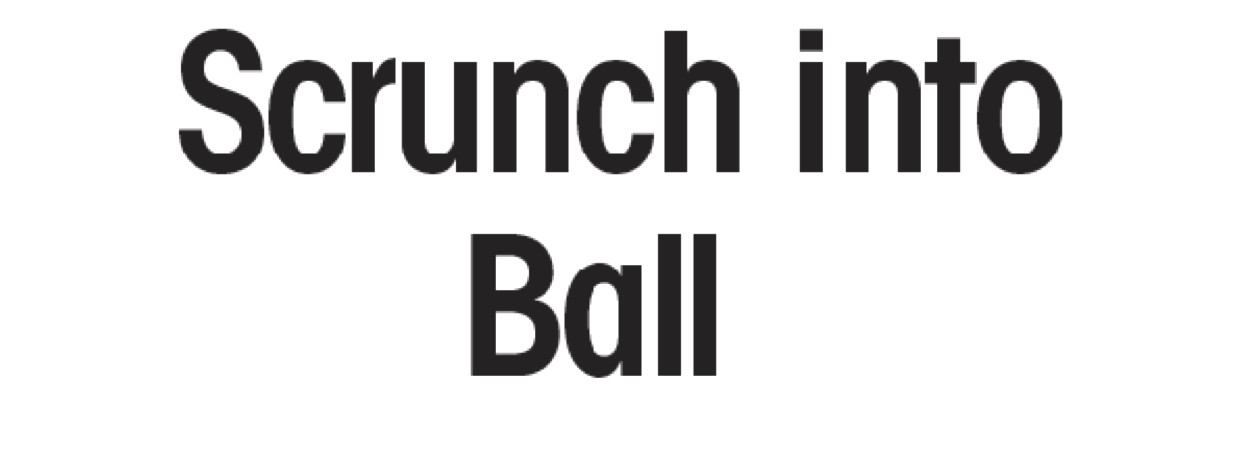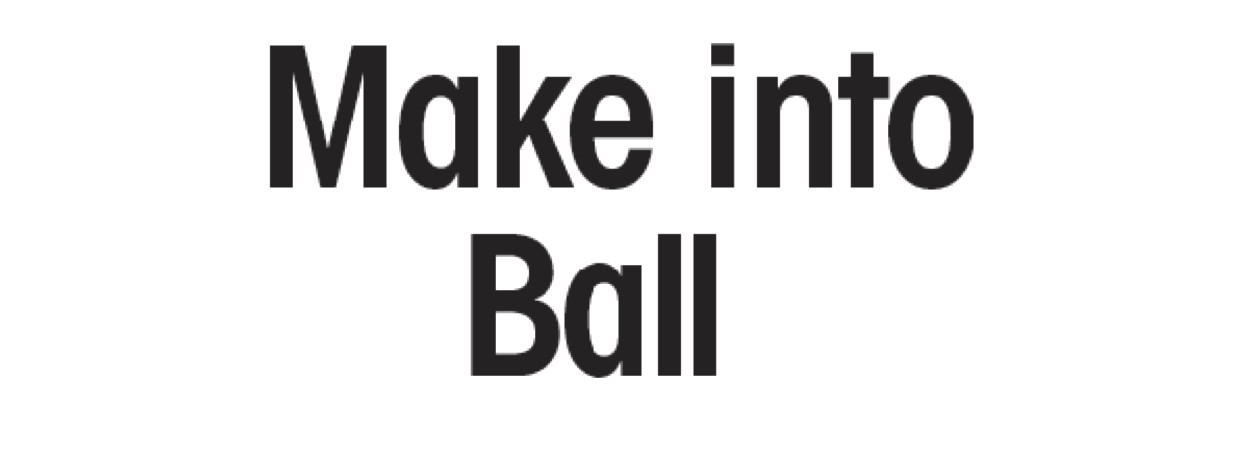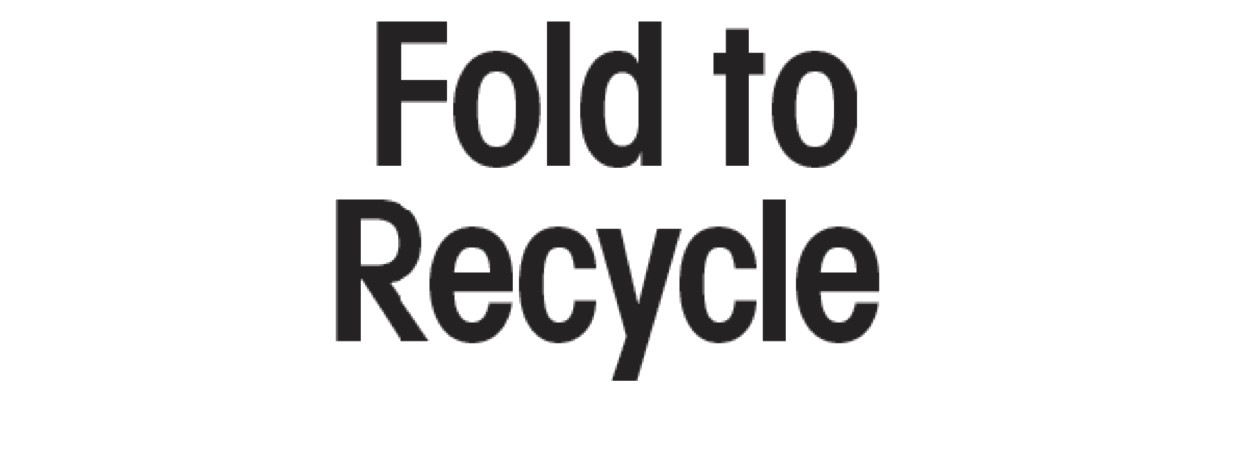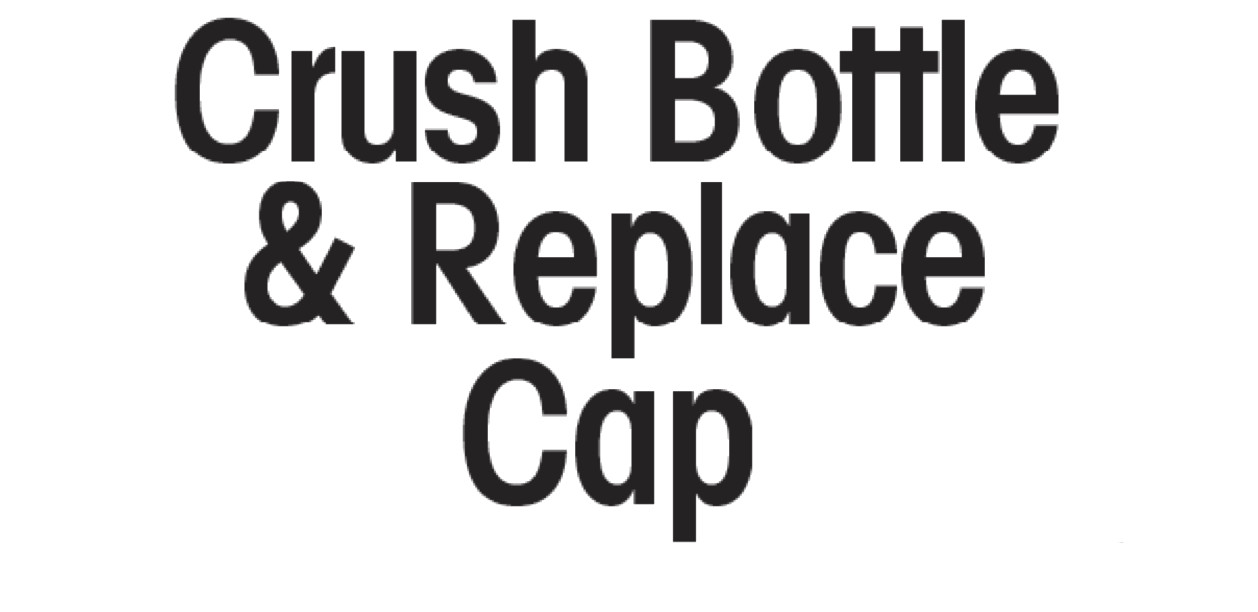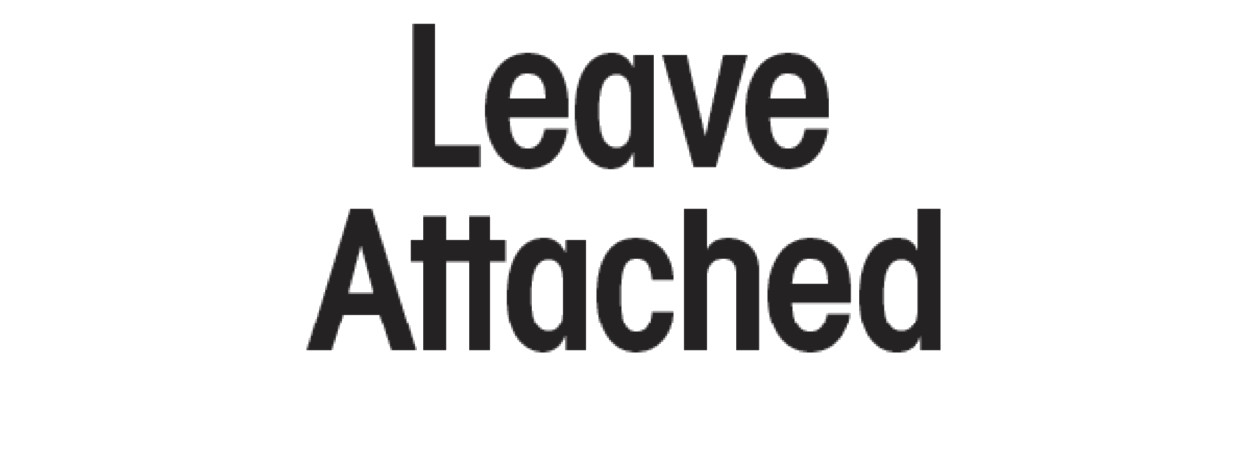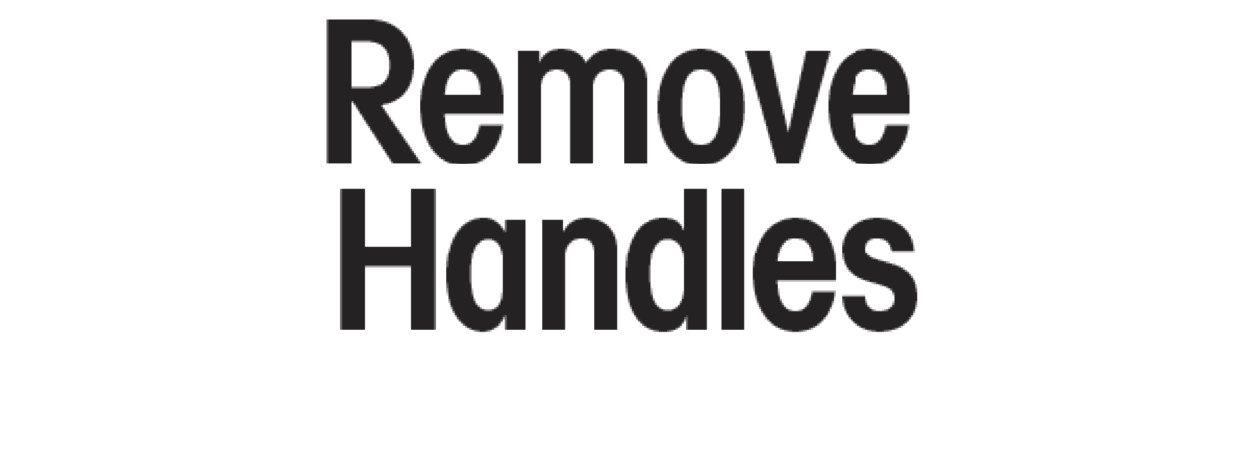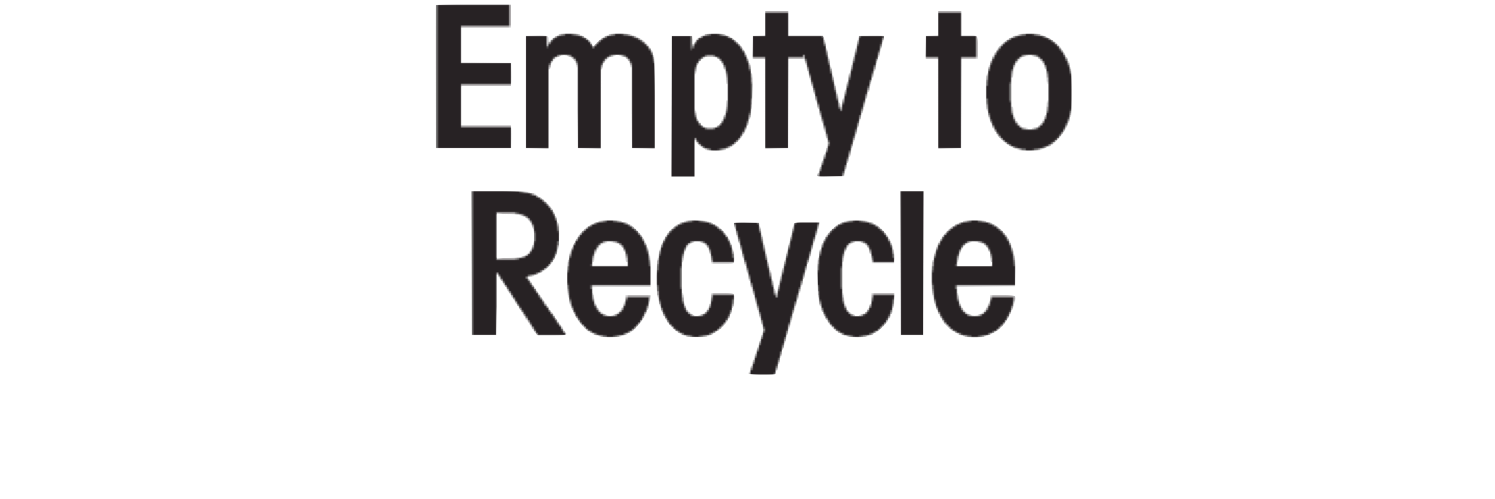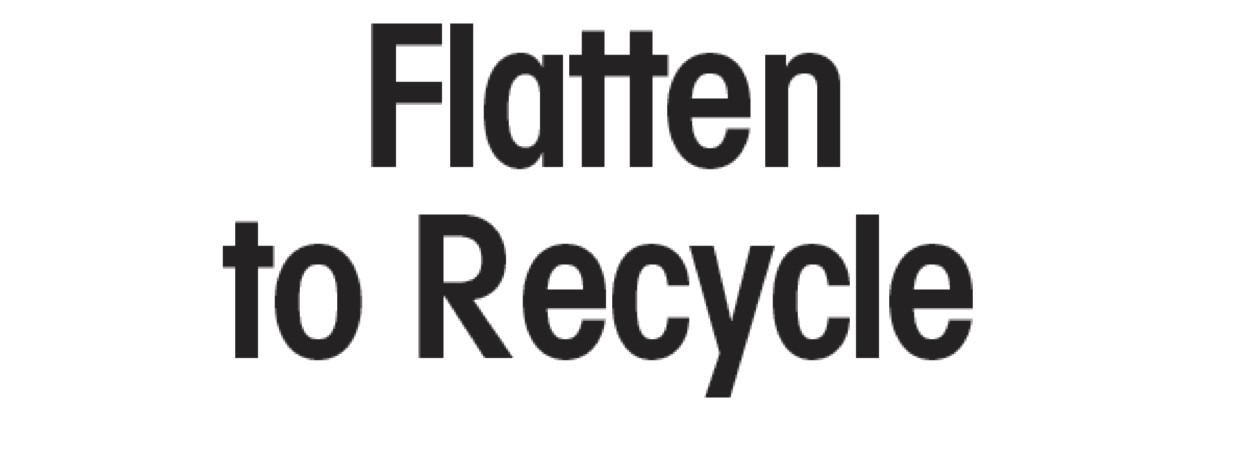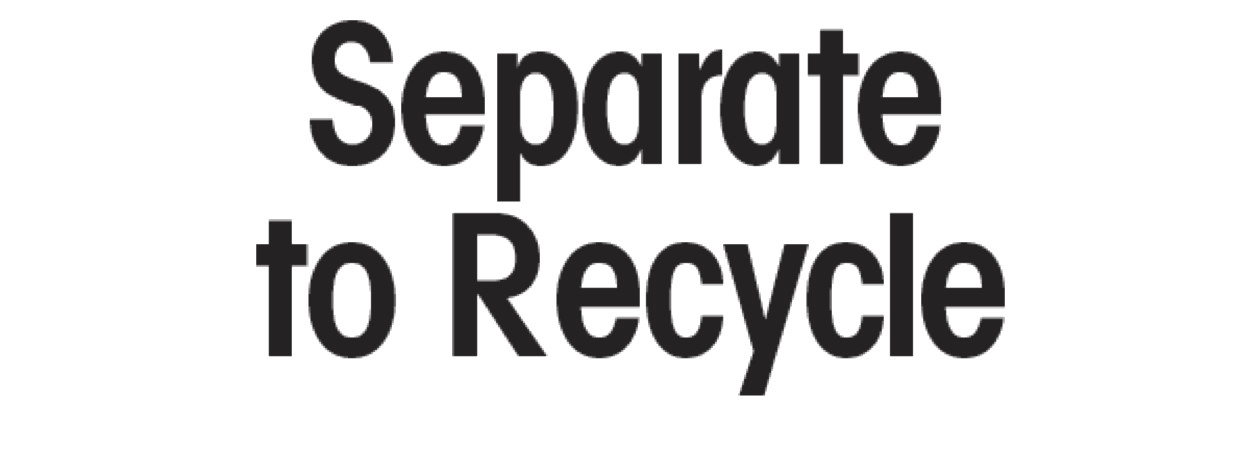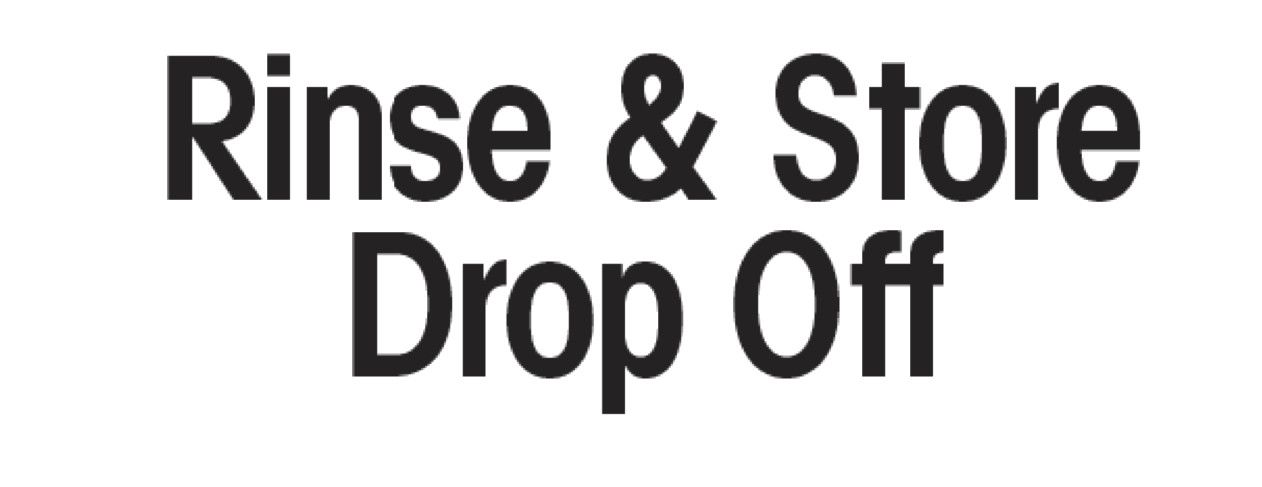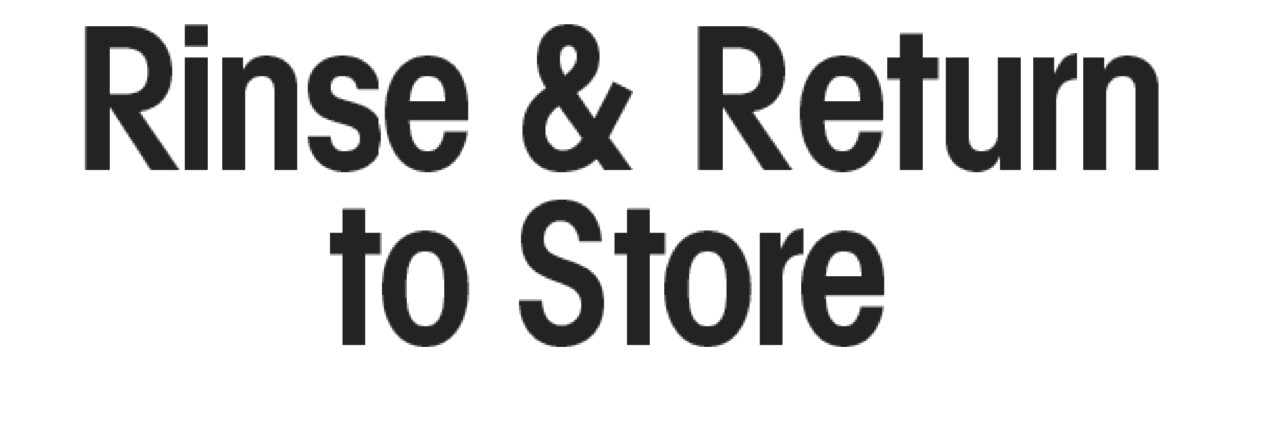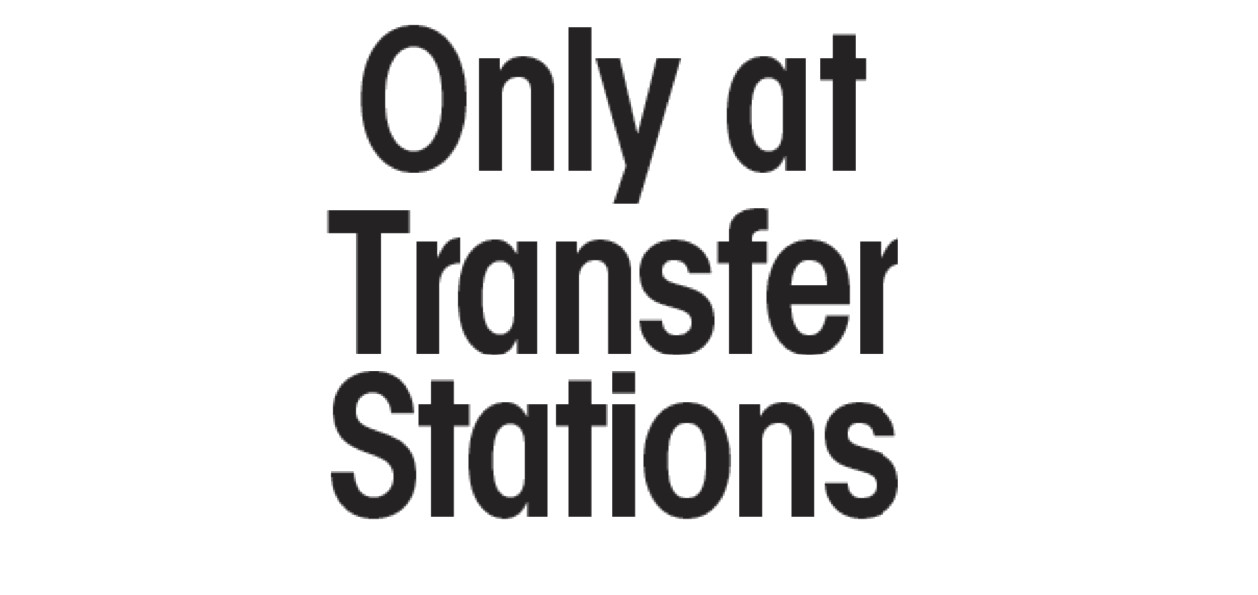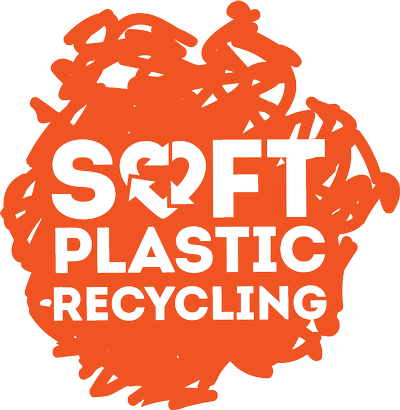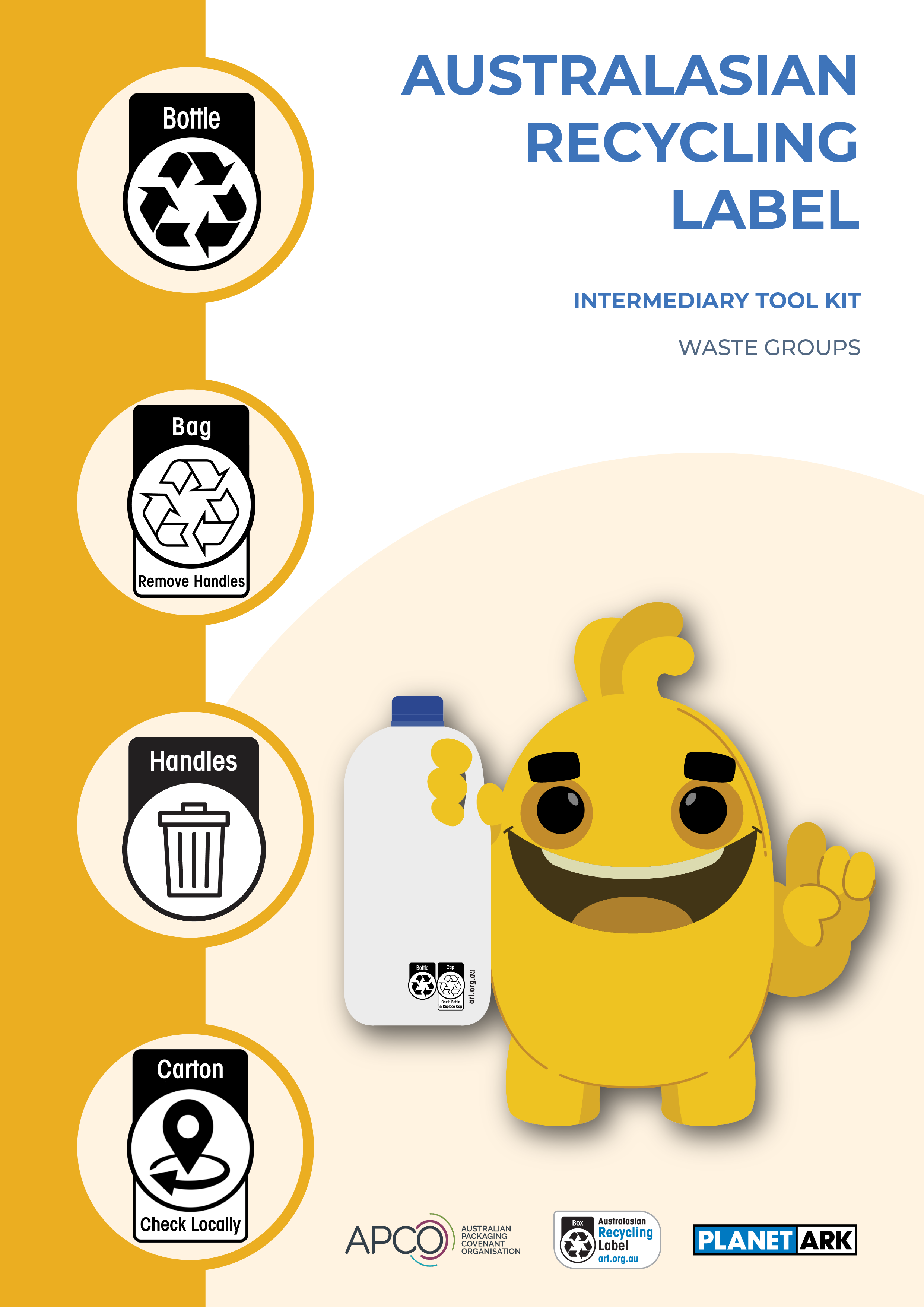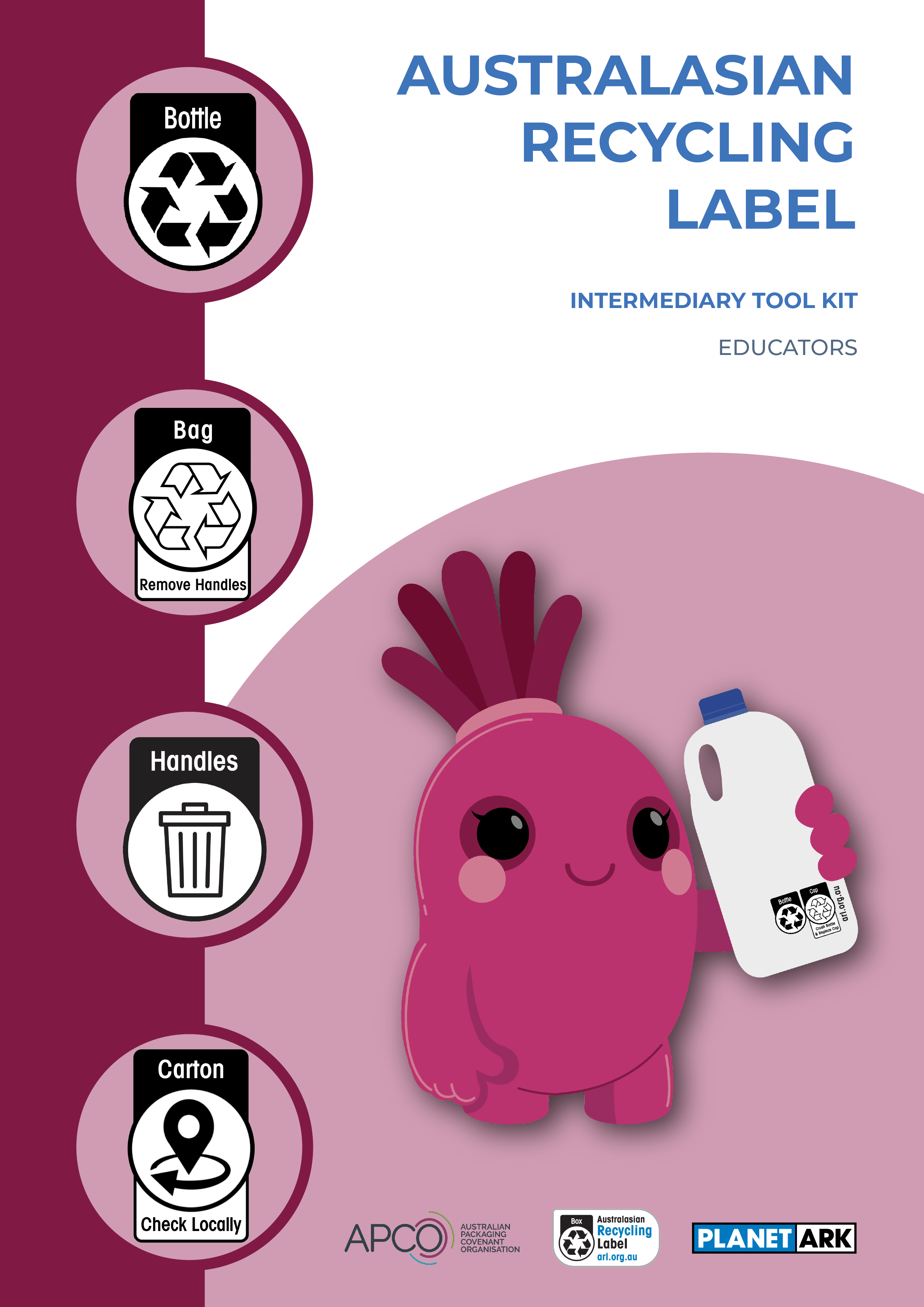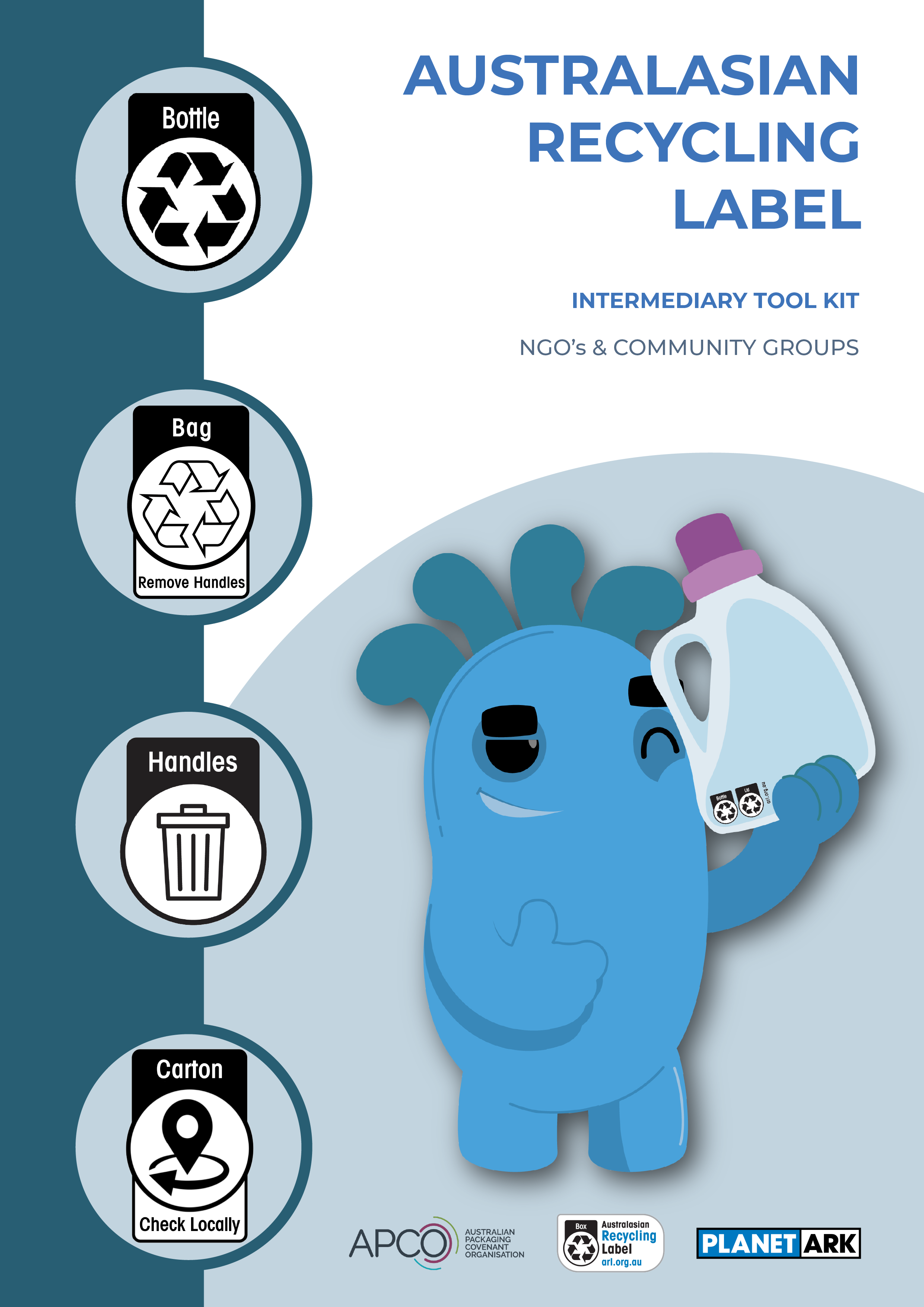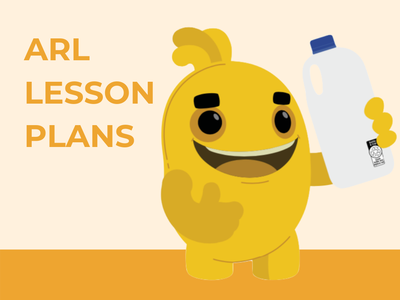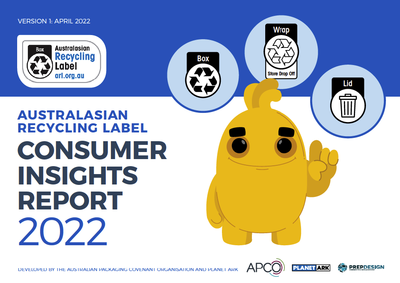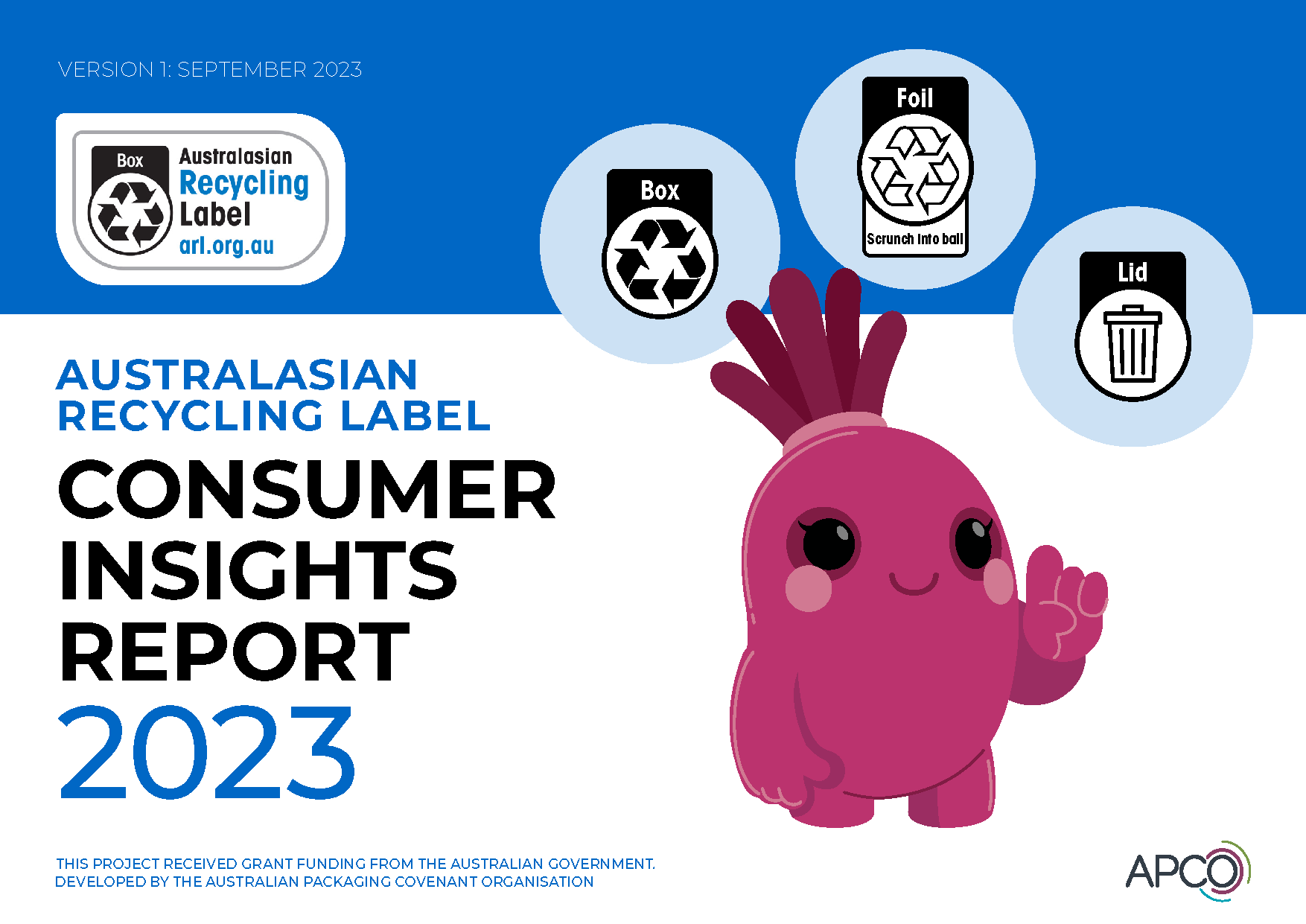Australasian Recycling Label
The Australasian Recycling Label (ARL) is an evidence-based system for Australia and New Zealand, that provides you with easy to understand recycling information when you need it most. It removes confusion, saves you time and reduces waste going to landfill.
Translated Resources
Check it! Before you Chuck it
Check It! Before You Chuck It is a new campaign encouraging us all to always check the Australasian Recycling Label (ARL) when disposing of packaging. Always following the ARL ensures food packaging, bottles and containers are disposed of correctly and can be recovered for future use in new products.
Take a look at the animation above – we guarantee you’ll be hearing the jingle in your head the next time you’re at the bin!
How Does It Work?
There are three types of label classifications:
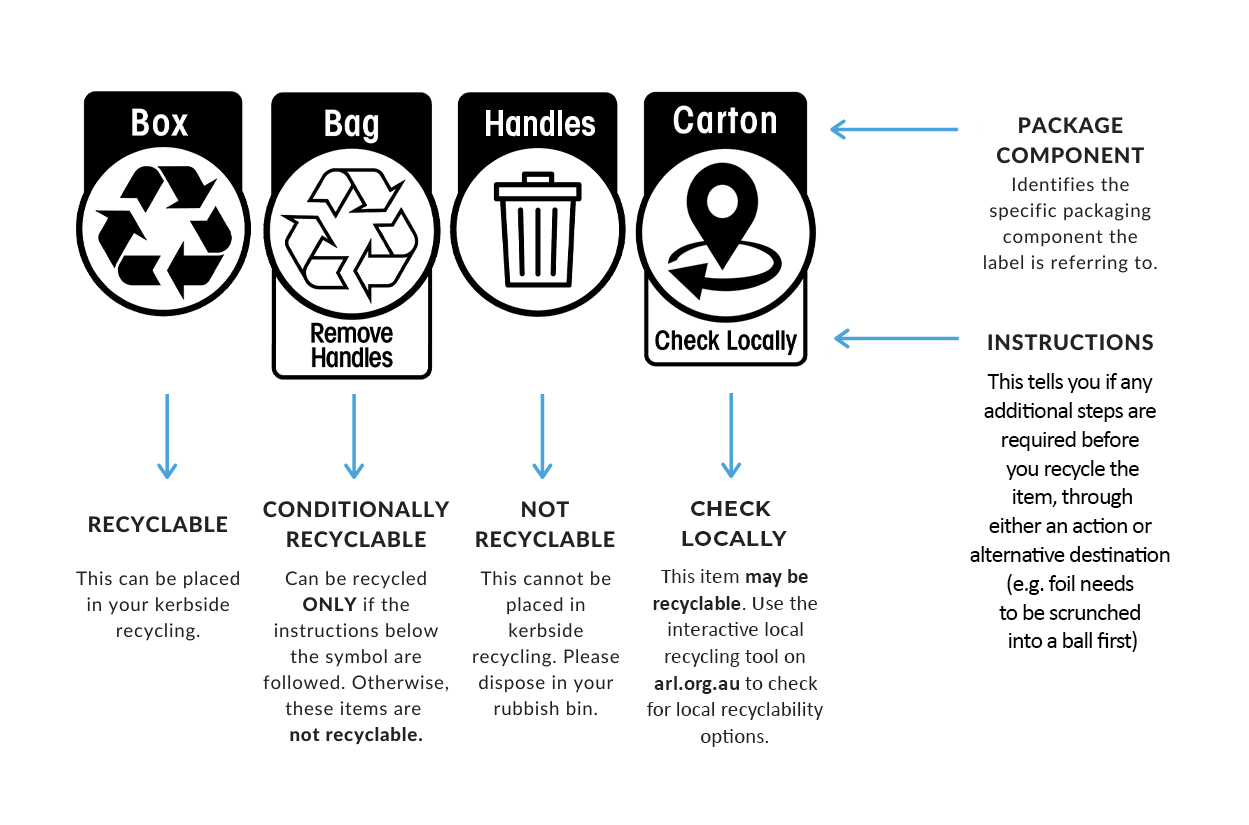
Get the latest recycling advice at arl.org.au for packaging or from recyclingnearyou.com.au for other hard to recycle options to check local recyclability options
Why Do We Need It?
Australians and New Zealanders care about the environment and want to do the right thing. But with hundreds of recycling labels out there, getting recycling right can be confusing and even recycling gurus get it wrong.
The ARL removes recycling confusion. When we dispose of our waste correctly, we keep contamination out of the recycling stream and recyclable material away from landfill.
Unlike other labels, the ARL is an evidence-based system underpinned by the Packaging Recyclability Evaluation Portal (PREP). As not all packaging is created equal, not all recycling labels should be the same. It is not possible for food packaging, bottles or containers to have the ARL without a PREP assessment that backs up disposal claims.
PREP assesses not only the materials used to manufacture a piece of packaging, but also its shape, weight, size, inks, adhesives used and many other variables. PREP simulates the behaviour of packaging in the Australian and New Zealand recycling ecosystems, from the moment it is collected to when it is sorted at Materials Recovery Facilities and in subsequent processing facilities, ready to become new packaging or a product.
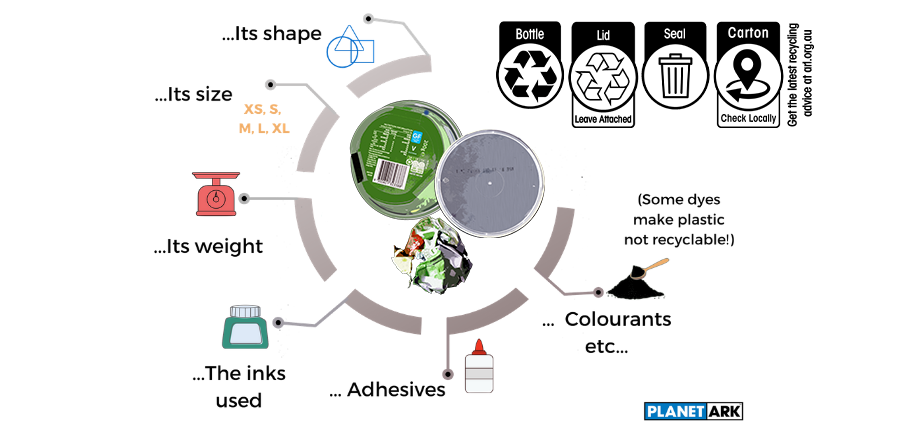
The availability of collection services is also accounted for. PREP assesses the piece of food packaging against the number of people who can recycle it via their council kerbside collection service. Kerbside access levels are determined using the data from RecyclingNearYou.com.au for Australia, and WasteMINZ data for New Zealand, which is updated annually.
If more than 80% of the population with kerbside recycling can recycle an item, it is considered Widely Accepted. Where 60-80% of the population has access, it is considered Less Widely Accepted and consumers are encouraged to make informed decisions about packaging disposal that align with the availability of collection services in their local area. If less than 60% of the population with kerbside recycling can recycle an item, it is considered below the threshold of recyclability and classified as not-recyclable.

The technical recyclability and council collection status combine to inform whether a packaging item is recyclable, not recyclable or if consumers have to take an extra step to recycle an item.
Like what you are watching?
Get the Playlist!Know The Labels
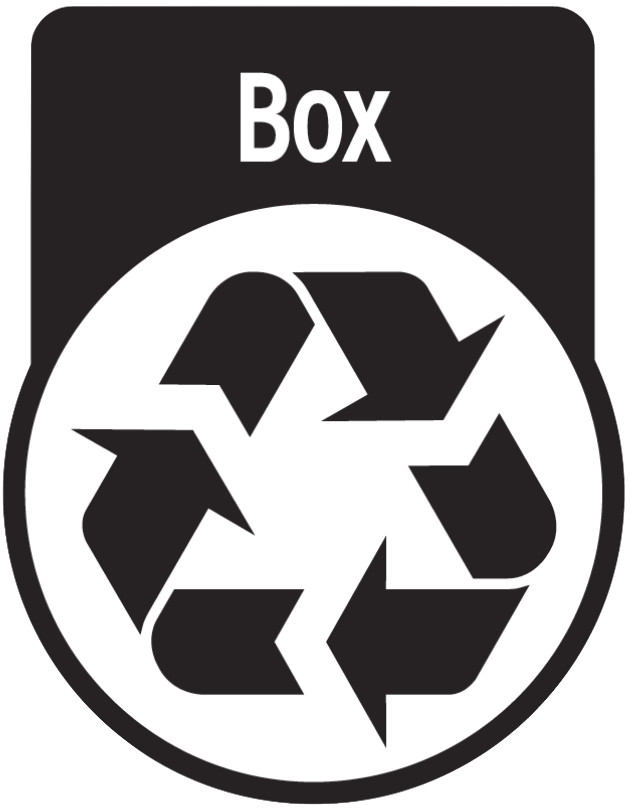
Recyclable: The coloured/opaque recycling symbol, means that this piece of packaging can be placed in the recycling bin as it is. Each piece of packaging with this label has to be placed separately in the recycling bin.

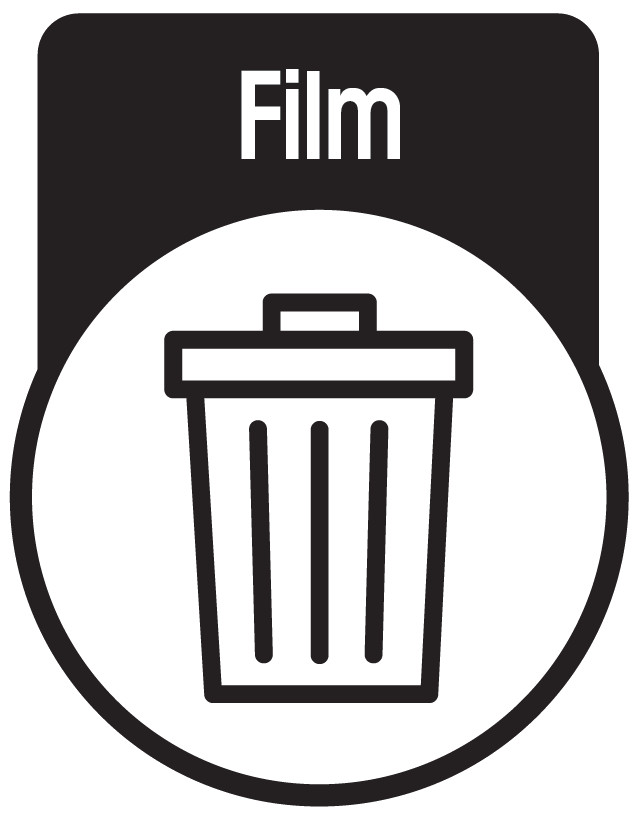
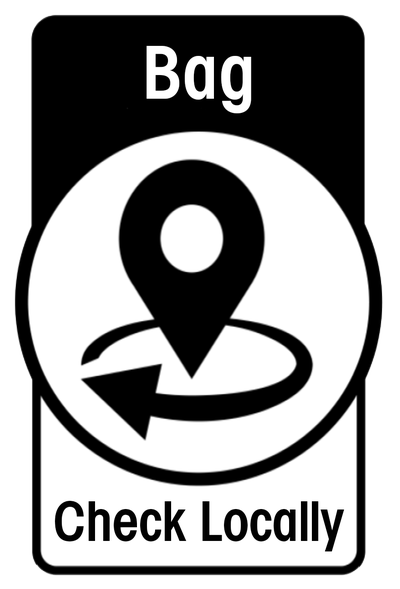
Conditionally Recyclable Label Instructions
You may have seen the below instructions on your packaging items! Click on each instruction below to find out why you need to follow them for your packaging to be recycled.


